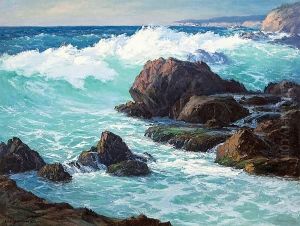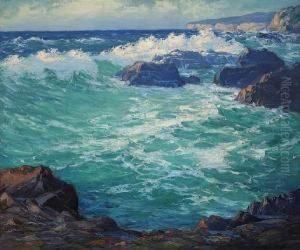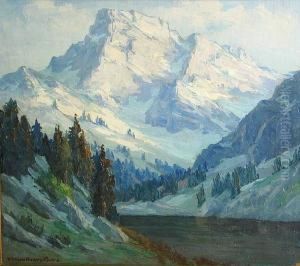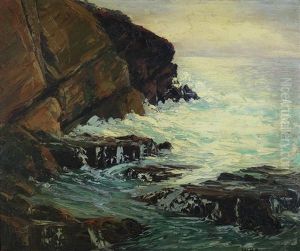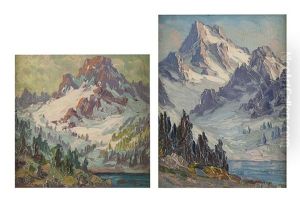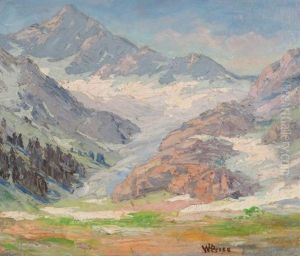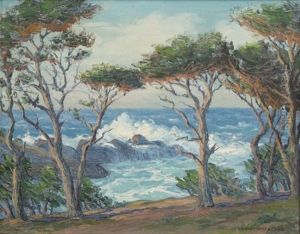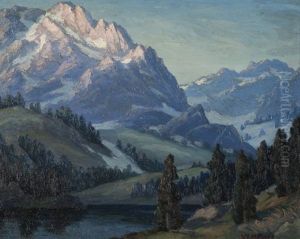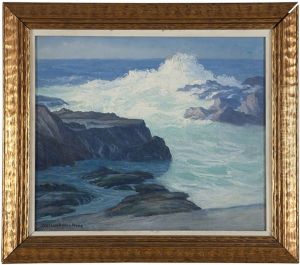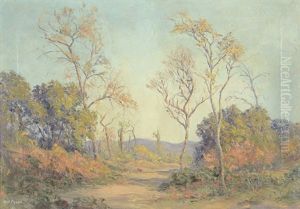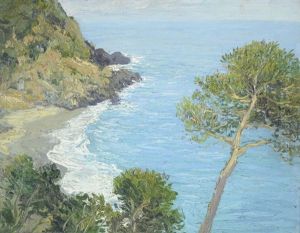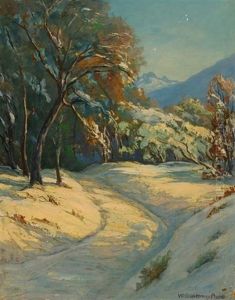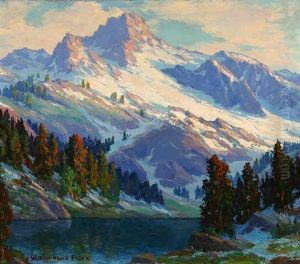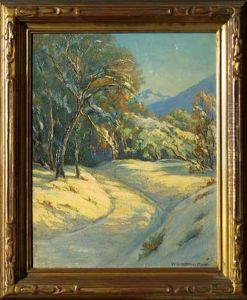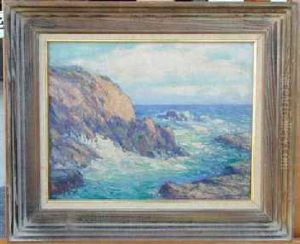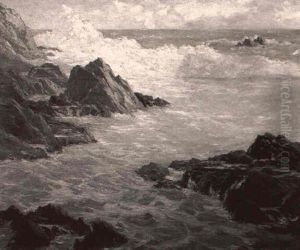William Henry Price Paintings
William Henry Price (1864–1940) was an American painter known for his involvement in the Arts and Crafts movement and for his contributions to the American Impressionist style. Born in Martins Ferry, Ohio, Price grew up in an era that saw the United States undergoing rapid industrialization and social changes. He developed an interest in art at an early age and pursued his passion by studying at the Pennsylvania Academy of the Fine Arts in Philadelphia, where he was influenced by Thomas Eakins and other prominent artists of the time.
After completing his studies, Price ventured to Europe to further his education, traveling through France and Italy and absorbing the works of the Impressionist and Post-Impressionist masters. This European sojourn was crucial in shaping his artistic style, as it exposed him to new techniques and perspectives that he would later incorporate into his own work.
Upon returning to the United States, Price settled in the New Hope, Pennsylvania area, becoming a key figure in the Pennsylvania Impressionist school, a movement known for its vibrant depictions of the local landscape. His work from this period is characterized by loose brushwork, a vivid color palette, and an intense focus on the effects of light and atmosphere, hallmarks of the Impressionist technique.
In addition to his landscape paintings, Price was deeply involved in the Arts and Crafts movement, advocating for the integration of art into everyday life and the importance of craftsmanship. He designed and built a notable Arts and Crafts style home called Phillips Mill in New Hope, which became a gathering place for artists and intellectuals and played a significant role in the cultural life of the community.
Throughout his career, William Henry Price remained committed to exploring the nuances of light and color in the American landscape, capturing its beauty and diversity with a distinctive impressionistic touch. His contributions to American art were recognized during his lifetime, and today, his works are held in several prominent collections, including the James A. Michener Art Museum in Pennsylvania. Price's legacy is that of an artist who briditably bridged the gap between European Impressionism and American artistic traditions, leaving a lasting impact on the development of American art in the early 20th century.
